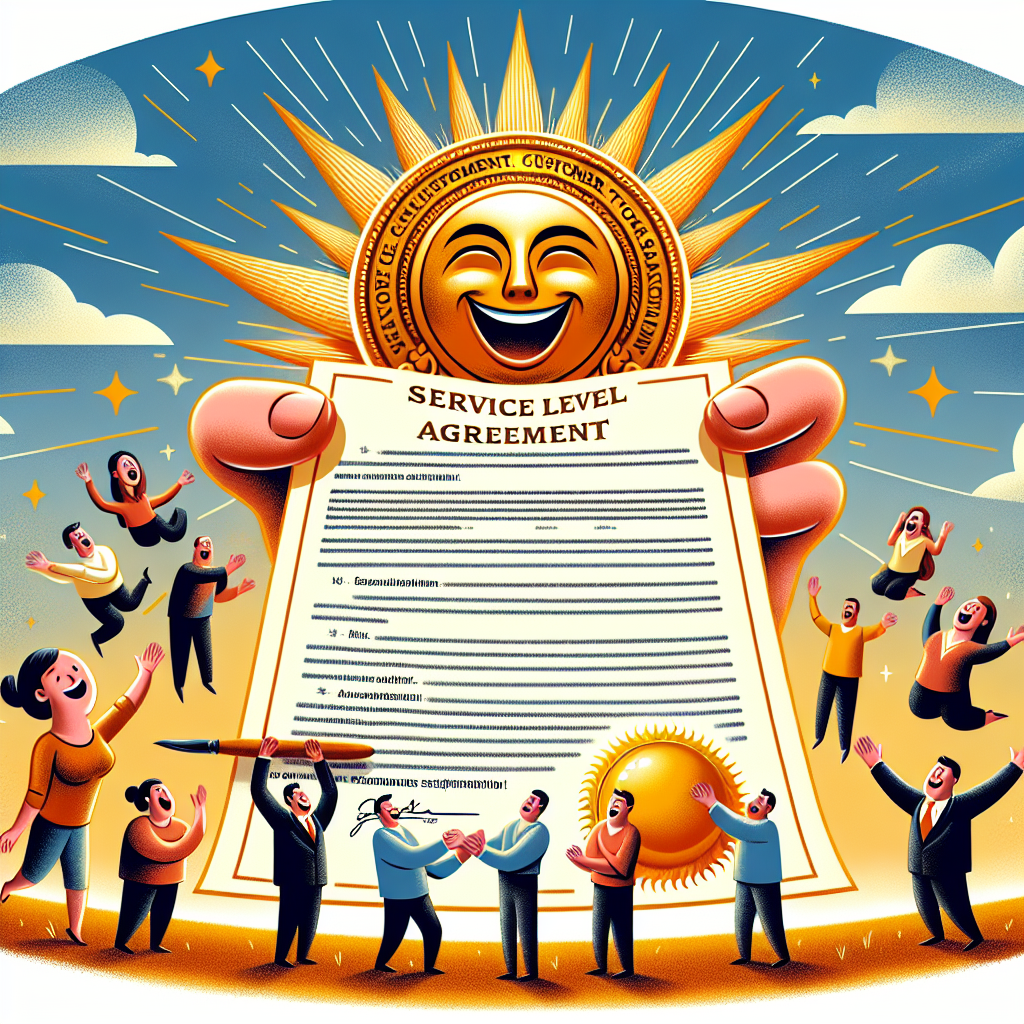Your cart is currently empty!
The Role of Service Level Agreements in Improving Customer Satisfaction

Service Level Agreements (SLAs) are essential tools for ensuring that businesses meet their customers’ needs and expectations. A Service Level Agreement is a contract between a service provider and a customer that defines the level of service that will be provided and the metrics by which that service will be measured. By clearly outlining the expectations and responsibilities of both parties, SLAs help to establish a framework for delivering high-quality service and improving customer satisfaction.
One of the key roles of SLAs in improving customer satisfaction is setting clear expectations. By clearly defining the services that will be provided, the level of performance that can be expected, and the metrics that will be used to measure that performance, SLAs help to eliminate any confusion or misunderstandings between the service provider and the customer. This transparency helps to build trust and confidence in the relationship, as customers know exactly what to expect and can hold the service provider accountable for meeting those expectations.
SLAs also play a crucial role in improving communication and collaboration between the service provider and the customer. By establishing regular communication channels, such as regular performance reviews or quarterly business reviews, SLAs help to ensure that both parties are on the same page and can address any issues or concerns in a timely manner. This proactive approach to communication helps to prevent misunderstandings and allows for quick resolution of any problems that may arise, ultimately leading to higher levels of customer satisfaction.
Furthermore, SLAs help to drive continuous improvement and innovation in service delivery. By setting specific performance metrics and targets, SLAs provide a clear roadmap for both the service provider and the customer to work towards. This focus on continuous improvement encourages the service provider to constantly evaluate and enhance their processes and systems, leading to higher levels of efficiency and effectiveness in delivering services. In turn, this results in higher levels of customer satisfaction as customers benefit from improved service quality and reliability.
In conclusion, Service Level Agreements play a critical role in improving customer satisfaction by setting clear expectations, enhancing communication and collaboration, and driving continuous improvement in service delivery. By establishing a framework for delivering high-quality service and holding both parties accountable for meeting their obligations, SLAs help to build trust and confidence in the relationship between the service provider and the customer. Ultimately, businesses that leverage SLAs effectively are better positioned to meet their customers’ needs and expectations, leading to increased customer satisfaction and loyalty.

Leave a Reply